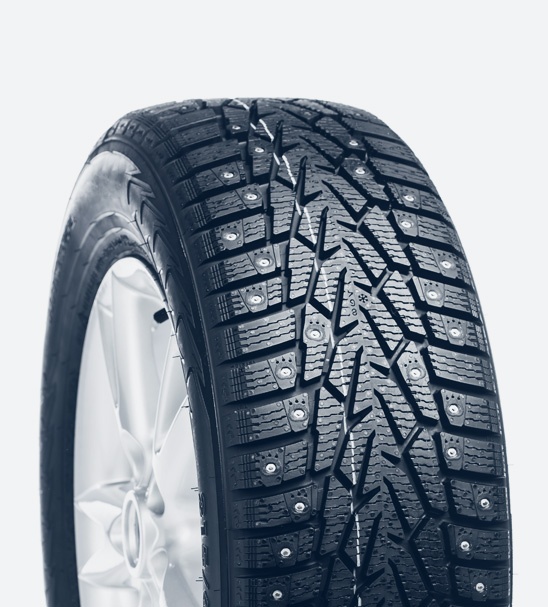Dec . 03, 2024 13:47 Back to list
dust seal vs oil seal
Dust Seal vs. Oil Seal Understanding the Differences and Applications
Sealing technologies play a vital role in various mechanical systems, ensuring optimal performance and longevity of machinery. Among the various types of seals, dust seals and oil seals are two prominent categories, each serving distinct purposes and functions. Understanding the differences between them, as well as their specific applications, can significantly impact the efficiency and reliability of equipment in various industries.
What is a Dust Seal?
A dust seal, also known as a dust cover or protective seal, is designed primarily to prevent dirt, dust, and other contaminants from entering a mechanical assembly. It acts as a barrier, ensuring that external particles do not compromise the internal components' integrity. Dust seals are commonly used in applications where equipment is exposed to harsh environmental conditions, such as construction sites, heavy machinery, and automotive applications.
The construction of dust seals typically involves materials that can withstand abrasion and remain flexible at varying temperatures. Common materials include rubber, polyurethane, and various plastics. The design often features a lip or flange that fits snugly over the component it protects, ensuring an airtight fit that can keep contaminants out while allowing for the necessary movement of parts.
What is an Oil Seal?
On the other hand, an oil seal, also referred to as a lubricant seal, is specifically designed to retain lubricants (such as oil or grease) within a mechanical system while preventing leakage. Unlike dust seals, which primarily protect against external contaminants, oil seals focus on maintaining the proper levels of lubrication, which is crucial for reducing friction and wear within machinery.
Oil seals are often found in applications involving rotating shafts, such as engines, gearboxes, and pumps. They are typically made from materials resistant to various types of oil, heat, and wear, including nitrile rubber (NBR), fluorocarbon rubber (FKM), and silicone. The design features a sealing lip that creates a tight seal against the rotating shaft, effectively preventing the lubricant from escaping while allowing for the necessary movement.
dust seal vs oil seal

Key Differences Between Dust Seals and Oil Seals
1. Primary Function The primary role of a dust seal is to protect against external contaminants, while an oil seal's main function is to retain lubricants within the system.
2. Design and Material Dust seals are often made from materials that resist abrasion and environmental wear, while oil seals are constructed from materials designed to withstand exposure to oils, greases, and high temperatures.
3. Applications Dust seals are commonly used in environments where machinery is subject to dirt and debris, such as in agricultural equipment or construction machinery, whereas oil seals are critical in systems where lubrication is essential for performance, such as in engines and gearboxes.
4. Performance Requirements Dust seals need adequate flexibility and durability to cope with dust ingress, while oil seals require precise tolerances to prevent lubricant leakage effectively.
Conclusion
In conclusion, both dust seals and oil seals are integral components of many mechanical systems, each designed to serve specific functions that enhance the performance and lifespan of equipment. While dust seals protect against external contaminants, oil seals ensure that lubricants remain contained within the system, promoting optimal operation. Understanding the differences between these two types of seals and their respective applications is crucial for engineers and technicians, enabling them to make informed decisions that result in enhanced efficiency and reliability in machinery. From automotive engines to industrial equipment, the choice of the appropriate sealing solution can lead to significant improvements in both performance and maintenance.
-
TCN Oil Seal Metal Ring Reinforcement for Heavy Machinery
NewsJul.25,2025
-
Rotary Lip Seal Spring-Loaded Design for High-Speed Applications
NewsJul.25,2025
-
Hydraulic Cylinder Seals Polyurethane Material for High-Impact Jobs
NewsJul.25,2025
-
High Pressure Oil Seal Polyurethane Coating Wear Resistance
NewsJul.25,2025
-
Dust Proof Seal Double Lip Design for Construction Equipment
NewsJul.25,2025
-
Hub Seal Polyurethane Wear Resistance in Agricultural Vehicles
NewsJul.25,2025
-
The Trans-formative Journey of Wheel Hub Oil Seals
NewsJun.06,2025
Products categories
















